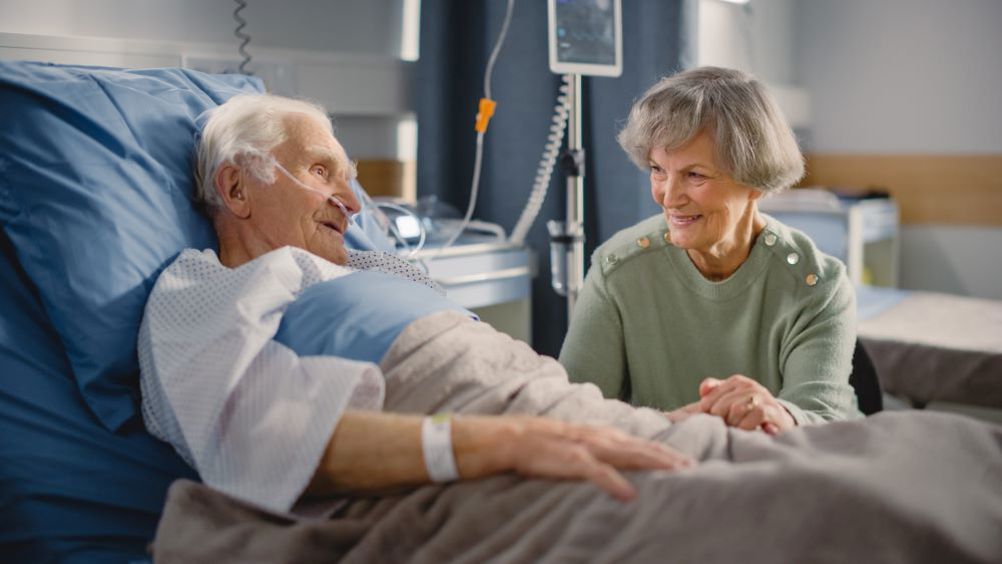Since the lifting of all COVID-19 restrictions, the UK Government appears to suggest that the pandemic is over; yet more people are still testing positive and some are falling ill from the latest variant. There is a contrast in the statements issued by the public health experts and those being put to practice by the government; for example: limiting infringements on personal freedoms, minimising the spread of the virus and getting the economy moving again by getting people back to work, and encouraging socialising. Such contrasts have a potential to cause emotional and psychological distress, especially on dying patients and their close relations and its impact can be associated with poor dying experience, leading to undignified death (Pfefferbaum and North, 2020). It is an acceptable argument that death is the only certainty, but healthcare professionals, and community nurses in particular, can improve the actual process and experience of dying for both patients and their close families/friends. The Parliamentary and Health Service Ombudsman (PHSO) report (PHSO, 2015) concluded most people were dying without dignity. While it may not be clear where these deaths occurred, the fact that there were undignified deaths is a cause for concern, as the principles of palliative care should be applied to all. The proponents of palliative care would view dying without dignity a major indictment on palliative and end-of-life care providers. The concept of dignity has been discussed and practised for over a decade now (Marley, 2005). The advent of COVID-19 has added another dimension, contributing to poor dying experiences, where death occurred without loved ones around and healthcare professionals were forced to socially distance. This removed the fundamental connection advocated in palliative care to ensure emotional support leading to dignified death.
Achieving dignity
It is clear that a number of factors are at play when achieving dignity in dying and death, and these can differ with people. However, there are common factors associated with dignity, such as: effective total symptoms control and effective communication at all times, which collectively lead to the patient feeling cared for holistically. These factors are not new, but somehow, they remain poorly addressed. For example, poor communication has come high up in the complaints received in healthcare (PHSO, 2015), and suggests a deep-seated problem about lack of knowledge and skills in discussing patients' concerns at the time of death in an honest and sensitive manner. New sources of funding are required to continue training senior colleagues in advanced communication skills. Indeed, such training should be offered to all those who work in palliative and end-of-life care. Community nurses should certainly be included in such training, considering that dying at home was preferred by two-thirds of patients before the COVID-19 pandemic. Where close family members are ‘starved’ of information, confidentiality is used as the reason for not openly communicating with them. There may now be a real need to review issues of confidentiality around those deemed important to the patient, as sharing such information might benefit the patient's care.
Secondly, making patients feel cared for during ‘after hours’ should start by healthcare professionals revising the notion of out-of-hours care, as it reflects the working day (9am to 5pm). Patients' illnesses and accompanying symptoms are constantly present, and therefore, staffing levels should reflect the needs of patients and not the time of day. Patients may feel anxious during these ‘out-of-hours’ periods, which may increase the severity of other symptoms such as pain; this cannot be good for the patients' wellbeing and dignity.
Restoring dignity is particularly important, as illness, tests and treatments are invasive of the patient's privacy. Before an illness, people do not normally expose their bodies to strangers; instead they create boundaries of privacy by the way they dress and what they choose to divulge to other people. With an illness, the first doctor's appointment signals the beginning of the dismantling of this privacy, and with that, their dignity. It is quite common for doctors and nurses to tell patients, ‘this is a routine test’; this might be routine to healthcare staff, but to a patient, it may be a difficult compromise concerning their privacy. Community nurses and other professionals who help patients with intimate care (bathing, toileting, and catheterisation) should not forget how these necessary activities also ‘tear through’ patient's dignity. There is an argument that when these intimate activities occur in the patient's home, the impact on their privacy is reduced when compared to being in a hospital/institution. This may strengthen the argument for why many dying patients prefer to be at home.
While death is inevitable, no one should undergo poor dying and death (Chochinov, 2012). Healthcare professionals can do better to afford all patients the dignity they require and deserve.
The uncertainty caused by COVID-19 has potential for disrupting an individual's emotional and social functioning (Pfeff erbaum and North, 2020) leading to psychological distress and even suicidal ideations. It is incumbent as healthcare professionals to assess patients, identify and monitor any psychological needs, while delivering full support.


